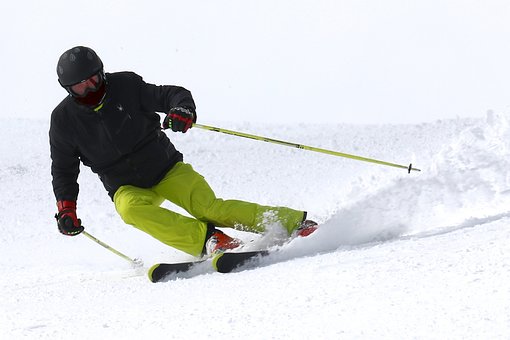 Yesterday, when I read that Roman Numerals had no zero, I wondered why? It doesn't seem right that a culture who did so much for the world would not have that one concept.
Yesterday, when I read that Roman Numerals had no zero, I wondered why? It doesn't seem right that a culture who did so much for the world would not have that one concept. There are a couple of reasons including the fact that Roman Numerals were not used for arithmetic so they didn't need a zero. Instead they used an abacus or counting frame to carry out addition or subtraction. An empty space played the part of zero.
In addition, it is said the Romans developed their numerals as an easy way of pricing goods and services but not for adding or subtracting as noted before. One reason they use IV instead of IIII for four is that Romans do not like seeing four of the same numerals appearing in a row so they created the concept of subtraction since IV means one less than five. If the numeral appears after as in VI it indicates addition or five plus one more is six. But note, this addition and subtraction concept only applied to creating numbers, not to doing arithmetic.
It is said that Roman Numerals composed of combinations of the seven letters of I, V, X, L, C, D, and M sometime between 900 and 800 BC. Each of these letters refers to hands and counting such as the I represents one finger, the V is the shape between the thumb and forefinger and represents 5. The X is two V's and represents two hands and so on.
Although the Greeks understood the concept of zero meaning nothing they didn't think of it as a number. It wasn't until about 1500 years ago in India that the number zero made its appearance as a dot but over time, it expanded to the 0 that we know today. The Arabs stumbled across it in the 8th century and were responsible for spreading it around Europe.
Zero itself was not well received because it was considered suspect because it came from Arabs. In 1259, a law was passed which prohibited bankers from using zero or any other numerals introduced by the Arabs but eventually these new numbers joined the others to create the numerical system we know today which includes zero.
Let me know what you think. I'd love to hear.

























